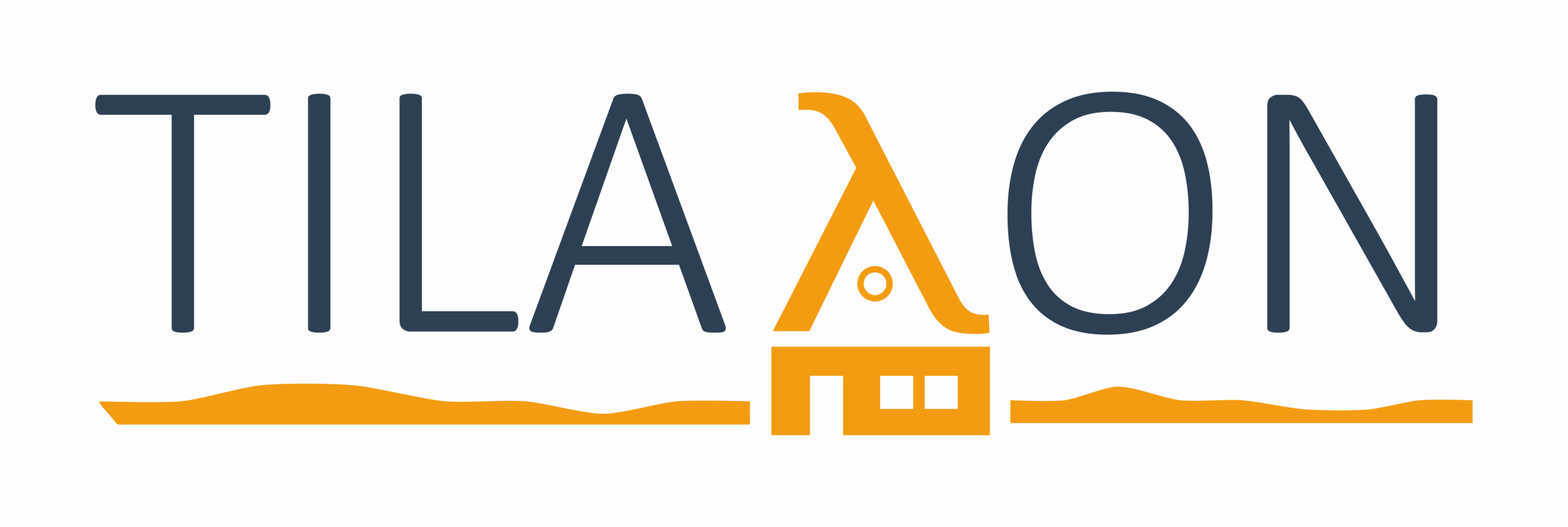S – Situation
A large engineering organization had recently adopted a Spotify model but lacked mature agile practices in embedded software, robotics and automation development. The end-to-end team (~15 people, including PLC, robotics, fullstack developers, and configuration specialists) was doing “Scrum on paper” without clear tools or metrics. My role was created to coach teams and deliver complex customizations.
T – Task
- Coach end‑to‑end teams (PLC, robotics and other disciplines) and introduce ATDD/BDD.
- To identify areas for improvement in existing workflows and practices.
- Develop onboarding materials and retrospectives.
- Deliver complex customer features and lead a tool rollout at a North American facility.
A – Actions
Coaching & retrospectives
- Facilitated team retrospectives and coached Scrum Masters and line managers on agile practices.
- Cut down on unnecessary hand-offs and clarified the classification of work into sequential vs. parallel tracks to shorten project lead times.
- Participated in a development initiative aimed at improving collaboration between different design disciplines (mechanical, electrical, and various software design teams).
Onboarding materials & training
- Developed a “Project Guide” manual in PowerPoint format, shared it on SharePoint for team use, and began breaking the content into a modular form for easier consumption.
- Coached participants of a robotics boot camp exercise – especially the Scrum Master and Product Owner – in which new trainees practiced running a project with a customer-centric approach.
Fullstack development deliveries
- Built and deployed a custom toolset, handled factory‑floor validation and managed the rollout at the North American facility.
R – Results
Process improvements:
- We identified and delineated where agile methods provide benefits (e.g. continuous feedback and rapid iteration) versus where they do not add value (e.g. standard repeat customer deliveries).
- Compiled a list of principles illustrating “the benefits of agile vs. waterfall,” tailored to our context.
- Successfully highlighted the importance of maintaining backlogs and pointed out that in the current team structure no single owner existed for the backlog (it was managed by a slow-moving committee).
- Demonstrated that the existing development process did not fully support a customer-centric strategy.
Training and documentation:
- The “Project Guide” helped new teams and Scrum Masters launch sprints without additional support, and over 80% of boot camp participants found it useful in their onboarding path.
- Documented why component-oriented teams were slowing down throughput and how, and in which functions, feature teams could be more productive.
Deliveries and technical improvements:
- The custom tool deployed to the Canadian factory was taken into use on schedule, with no issues.
- The North American rollout proceeded as planned, and we easily met the cycle time requirements of the acceptance tests.
Tools & Technologies
- Languages & Frameworks: Scala, Play
- Integration & Messaging: Apache ServiceMix, ActiveMQ, REST, FTP/SFTP
- Database: PostgreSQL, Oracle
- Project Management: Jira
